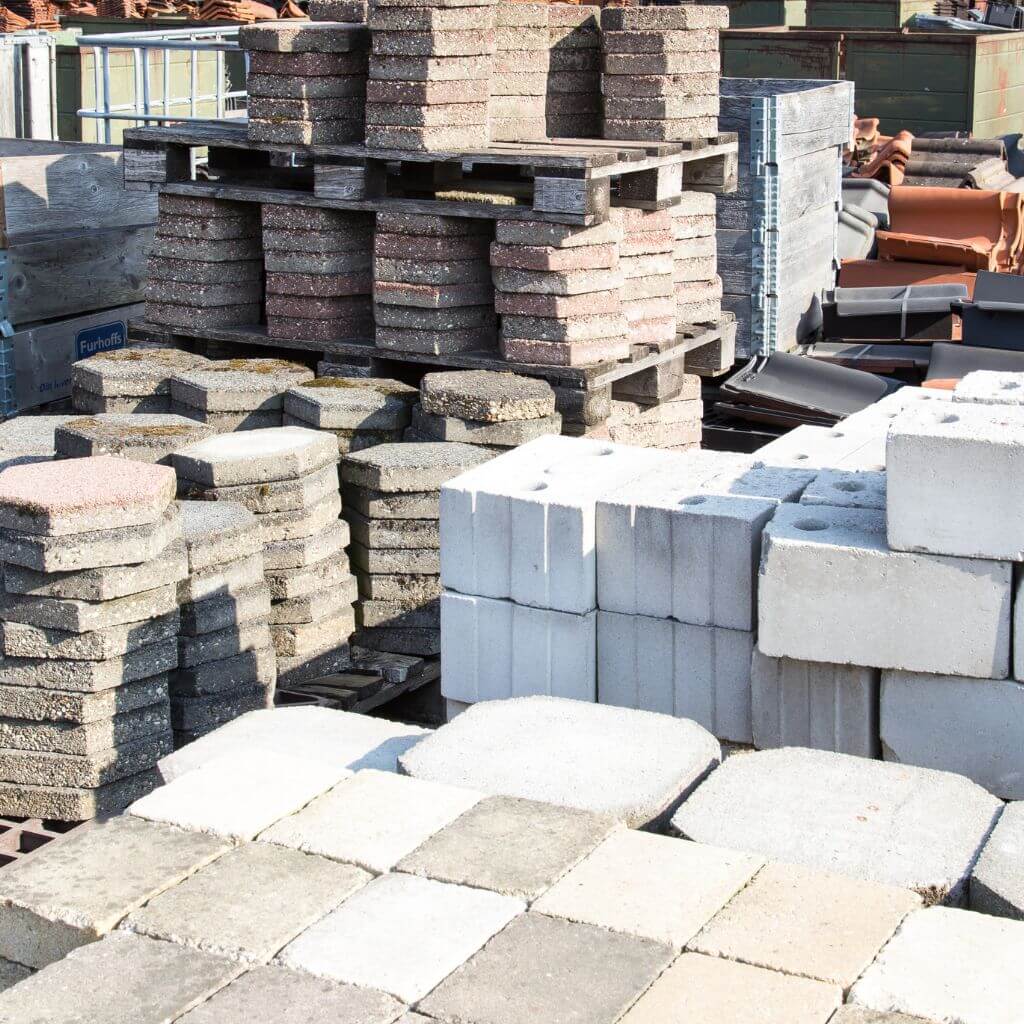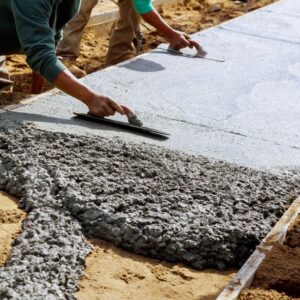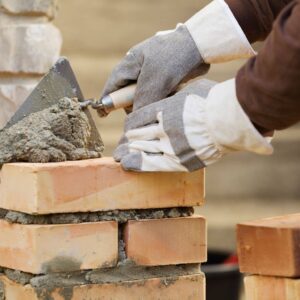
Have you ever wondered about the most sought-after building materials used in UK construction? The UK construction industry, like many others, relies on sturdy and reliable materials to bring architectural dreams to life. From residential buildings to commercial structures, there are a few key players in the realm of popular building materials.
One such material is brick, which has stood the test of time and remains a beloved choice for construction in the UK. Its durability, aesthetics, and versatility make it a go-to option for both traditional and contemporary designs. Another popular choice is concrete, known for its strength and ability to withstand various weather conditions. Concrete structures are known to be long-lasting and require minimal maintenance, making them highly preferred in the UK construction scene. These are just a couple of examples, as the industry continues to evolve with new materials and technologies. So, if you ever find yourself admiring the architectural wonders in the UK, you now have some insights into the materials that make them possible.
Concrete

Benefits of Concrete
Concrete is widely used in UK construction due to its numerous benefits. One of the major advantages of concrete is its strength and durability. It has exceptional compressive strength, making it suitable for supporting heavy loads and withstanding various weather conditions. Concrete structures can last for decades, reducing the need for frequent repairs or replacements.
Another benefit of concrete is its versatility. It can be molded into any shape or size, allowing for creative and innovative designs in construction. Furthermore, concrete is fire-resistant, providing an added layer of safety in buildings. It also has good thermal properties, acting as a natural insulator and reducing energy consumption.
Types of Concrete Used in UK Construction
Several types of concrete are used in UK construction, each with its unique properties and applications. The most commonly used type is Portland cement concrete, which consists of cement, aggregates, water, and additives. This type of concrete is ideal for various construction projects such as foundations, floors, and walls.
Another type of concrete used is precast concrete. This involves casting concrete components off-site and transporting them to the construction site for installation. Precast concrete offers faster construction times and better quality control. It is commonly used for building walls, beams, and slabs.
Additionally, high-strength concrete is used in projects where superior strength is required, such as bridges and high-rise buildings. Self-compacting concrete is another type that flows easily and fills intricate and congested spaces without the need for excessive vibration.
Concrete Usage in Different Construction Projects
Concrete finds application in a wide range of construction projects in the UK. In residential construction, it is commonly used for foundations, walls, and floors. Concrete’s durability and strength make it an ideal choice for ensuring the stability and longevity of residential structures.
In commercial construction, concrete is often used for constructing high-rise buildings, office complexes, and industrial warehouses. Its ability to withstand heavy loads and its fire-resistant properties make it a reliable choice for such projects.
Infrastructure construction, including bridges, highways, and tunnels, heavily relies on concrete. Concrete’s strength and durability contribute to the overall safety and longevity of these vital structures.
Additionally, concrete is extensively used in the construction of schools, hospitals, and other public buildings. Its versatility allows architects and engineers to create aesthetically pleasing designs while ensuring structural integrity.
Challenges and Limitations of Concrete
While concrete offers numerous benefits, it also presents certain challenges and limitations. One of the challenges is its initial cost. Concrete construction can be more expensive compared to other materials, especially when high-quality concrete and skilled labor are involved. However, the long-term durability and low maintenance requirements often offset these initial costs.
Another limitation of concrete is its vulnerability to cracking. Although it is naturally resistant to fire and weather conditions, it can be prone to cracking under certain circumstances. Proper design, reinforcement, and maintenance are essential to minimize the risk of cracking in concrete structures.
Concrete also has a significant carbon footprint due to the cement production process, which releases CO2 emissions. However, advancements in sustainable construction practices aim to reduce the environmental impact of concrete.
Despite these challenges, concrete remains one of the most popular building materials used in UK construction due to its strength, durability, and versatility.
Brick

Historical Significance of Brick
Bricks have been used in construction for thousands of years and hold great historical significance. The use of bricks dates back to ancient civilizations such as Mesopotamia, Egypt, and the Roman Empire, where they were extensively employed in building structures that have stood the test of time.
Bricks have played a crucial role in shaping the architecture and heritage of the UK. From medieval castles to Victorian townhouses, bricks have been the primary building material, showcasing their durability and aesthetic appeal over centuries.
Different Types of Bricks Used in UK Construction
Various types of bricks are commonly used in UK construction, each with its specific characteristics and uses. Common bricks, also known as facing bricks, are the most widely used type. They are versatile, durable, and come in various colors and textures, allowing for diverse design options.
Engineering bricks are another type used in areas where high strength and resistance to water absorption are required, such as in damp proof courses and foundation walls. These bricks are denser and more robust, ensuring structural stability and longevity.
Fire bricks, as the name suggests, are designed to withstand high temperatures, making them suitable for fireplaces, kilns, and furnaces. They have excellent thermal properties, ensuring the safe containment of heat.
Advantages of Using Bricks
Bricks offer several advantages in construction. One of the key advantages is their durability. Bricks have a long lifespan and can withstand various weather conditions without deteriorating. This makes them a reliable choice for buildings that need to withstand the test of time.
Bricks also provide excellent thermal insulation. They have high thermal mass, meaning they can store and release heat slowly. This helps in maintaining a comfortable indoor temperature and reducing energy consumption for heating and cooling.
Furthermore, bricks are environmentally friendly. They are made from natural clay or shale, abundant in the UK. Their production requires less energy compared to other building materials, contributing to a lower carbon footprint.
Additionally, bricks are aesthetically pleasing and offer design flexibility. With different sizes, colors, and textures available, architects can create unique and visually appealing structures.
Disadvantages and Limitations of Bricks
However, there are some limitations and disadvantages associated with using bricks. One limitation is their weight. Bricks are heavy, requiring proper foundations and structural support. This can add to the overall construction cost and complexity.
Another disadvantage is the labor-intensive construction process. Building with bricks requires skilled masons and can be time-consuming, especially for complex designs or intricate detailing.
Additionally, bricks have limited resistance to impact and seismic forces. Without proper reinforcement, they may not perform well in areas prone to earthquakes or heavy traffic vibrations.
Bricks are also susceptible to moisture absorption. Although proper waterproofing measures can mitigate this, dampness and subsequent damage can occur if not addressed correctly.
Despite these limitations, the historic significance, visual appeal, and durability of bricks make them a preferred choice in UK construction, blending tradition with innovation.
